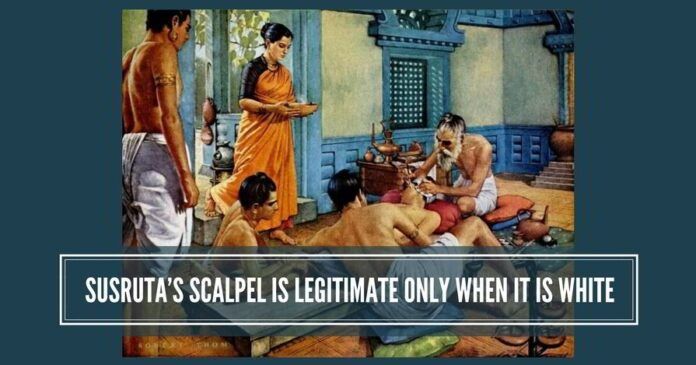
In this first part, of two-part series, we will look at the ancient personage Susruta and his accomplishments.
This is an article in two parts which analyses how the Indian mindset reacts to the same information differently when it comes from a fellow Indian and when it comes from a person from West.
Who was Susruta?
Susruta was a person who lived in India in the hoary past. There is much controversy regarding when he is said to have lived. The dates range from 10 CE to way back in antiquity at 3000 BCE. However, since some speculations seem more acceptable than others, the widely held view is that he lived some time in the sixth century BCE. He seems to be even prior to Panini, the great grammarian of yore who gave us the Ashtadhyayi. We say this because, the grammarian and his peers quote Susruta as a famous teacher who founded the science of Salyatantra (Salya – broken parts of an arrow, tantra – manoeuvre). He is said to be the son of Vishvamitra but again one does not know for sure who the Vishvamitra being referred to is.
In the SusrutaSamhita, Susruta has classified surgical operations into five different kinds.
What was Susruta’s claim to fame
As stated above, he is said to have founded or perhaps more apt would be to say compiled the material that comprised Salyatantra, where Salya refers to the parts of a broken arrow and tantra, refers to the art of manoeuvring. What exactly does this mean? It means that this person was well versed with surgical procedures involved in removing carefully parts of broken arrows that would get embedded in someone during the course of a war. In short, he was an ancient surgeon. He was the author of the treatise known as Susrutasamhita and is known as the father of Indian surgery.
Susruta was a student of DivodasaDhanvantari, who is known as the father of Ayurveda.
In the Samhita, he has classified for the first time, surgical operations into five different kinds. These were further grouped under the following heads:
Aharya or the extraction of solid bodies
Bhedya or excising
Chhedya or incising
Eshya or probing
Lekhya or scarifying
Sivya or suturing
Vedhya or puncturing and
Visravaniya or extracting fluids
Susruta was the first to demonstrate that a clipped earlobe could be mended with a patch of sensible skin-flap scraped from the neck.
While he was the father of surgery no doubt, surgery by itself according to our tradition is mutilation and not doctoring. Surgery is not recommended as long as the vital energy in the body of an affected person can fight off the disease or the particular condition on its own without physical intervention. But this didn’t mean that when the situation demanded, the doctors shied away from performing these interventions. Susruta was in the line of all those exemplars who respected the Vedic wisdom and were guided by it at all times.
The Samhita details how ophthalmic, obstetric and various other surgical operations should be carried out. These are done with utmost care and caution. Here are some of the surgical instruments that were in vogue at the time.
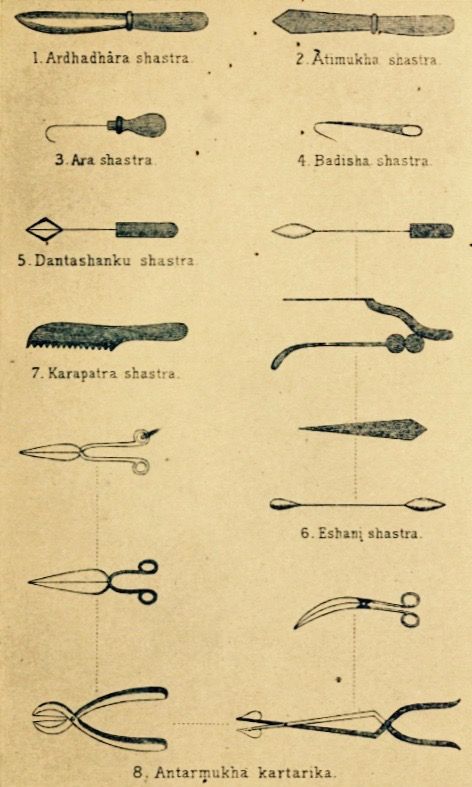


 The degree of advancement in the techniques can be gauged because the Samhita lays out that the sick room where the person is to be operated should be “fumigated with the vapours of white mustard, bdellium, Nimva leaves and resinous gums of Shala trees”[1]. In this action, one cannot miss the fact that knowledge of keeping rooms antiseptic before a surgery was known to our ancient ancestors.
The degree of advancement in the techniques can be gauged because the Samhita lays out that the sick room where the person is to be operated should be “fumigated with the vapours of white mustard, bdellium, Nimva leaves and resinous gums of Shala trees”[1]. In this action, one cannot miss the fact that knowledge of keeping rooms antiseptic before a surgery was known to our ancient ancestors.
Rhinoplasty and Susruta
We will now concentrate on the aspect of his work that we want to particularly focus on, the knowledge that was contained in the Susrutasamhita regarding plastic surgery and rhinoplasty. This is of particular interest to us because if anyone pronounces today that Indians knew plastic surgery and how to do nose jobs in the hoary past, it invites ridicule from the so-called liberal section of media and citizens. Susruta was the first to demonstrate that a clipped earlobe could be mended with a patch of sensible skin-flap scraped from the neck; similarly, with the nose. In ancient India, one of the common forms of punishment for treasonous acts was the cutting off of the nose. Hence, it is no wonder that rhinoplasty or what is commonly called a nose job was one of the forms of surgery that was very well known. As in the case of the earlobe, rhinoplasty was also carried out with transplanting sensible skin-flaps.
Even Wikipedia on Susruta gives one a reference to a translation of the Susruta Samhita into English.
Ancient Indian science and today’s politics
With this much background, let us turn our mind to present day politics. The discourse in the public sphere is controlled by the established 4th estate, the Press. And the Press in India is virulently anti-Hindu. The Press corps are largely drawn from the humanities disciplines and even while they don’t add anything to the GDP of the country, they are the folks who set the narrative in the country. The established 4th estate is dominated by Leftist and Marxist theories which cannot be applied to India as they can be applied in the West. Perhaps because the humanities disciplines suffer from some sort of science envy, themselves not being from the sciences, they try to adopt a pseudo–scientific attitude. It is also rabidly anti-Hindu in the garb of being scientific. There are of course many Hindus who go overboard with eulogising the achievements of Hindu ancients but then fanatics are there in every faith. However, it is only when Hindus stake a claim to antiquity for some scientific advance that the liberal mafia is up in arms. They don’t even stop to verify if the claims being made by the Hindu are backed by irrefutable evidence or not, they gun for the claimant, becoming vicious trolls hellbent on shaming the native.
They behave as a mafia and collectively churn out reams and reams of OpEds, Editorials, Opinion columns and so on, thereby setting the narrative on the subject and achieving their objective of shaming the native. It is not only in print, the same is echoed on the myriad TV channels and one is so bombarded with this hounding of one person calling him/her unscientific, jingoistic, superstitious, and so on, that facts are a casualty. Not one of these eminences ever does a check to find out if there is any grain of truth in what the person is claiming. For instance, even Wikipedia on Susruta gives one a reference to a translation of the Susruta Samhita into English and this is a book freely available on Archive.org: but facts be damned for the narrative.
One remembers when Narendra Modi stated that Indians knew plastic surgery in ancient times, the furore it created. Following is the sample of the kind of headlines that were written in the aftermath of the PM making that remark.



[1]https://archive.org/stream/englishtranslati01susruoft#page/n31/mode/2up
In part 2 we will see how this same information is received if it comes from another source.
- Elon Musk postpones India visit. Non-clarity in Tesla partner and Starlink license might be the reasons - April 20, 2024
- NIA confiscates Pak-harboured Khalistani terrorist Lakhbir Singh Rode’s key aide’s land in Moga - April 19, 2024
- Prime Minister Narendra Modi: A Gujju businessman who does not invest his precious time for a losing battle - April 13, 2024

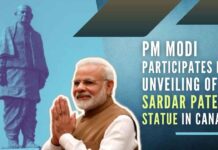
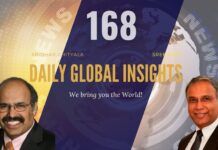
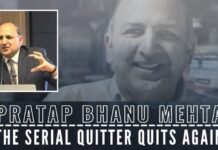







On a lighter note, that the so called LIBERAL Media of Today did not accuse Narendra Modi yet that he is polluting the Air by exhaling CO2.
By the way I am surprised to learn about the Surgical INSTRUMENTS found in the images used in those days. Thanks a million for this article. Great, indeed.
To create awareness among Indians, Articles like this are mandatory. Again, Dr. Subramaniam Sway should extend his help in getting our Media to publish/popularize such information.
[…] the first part, we talked about Susruta and who he was and how present-day politics which is polarised along […]